-
The Doll’s House by Katherine Mansfield Short Story Analysis
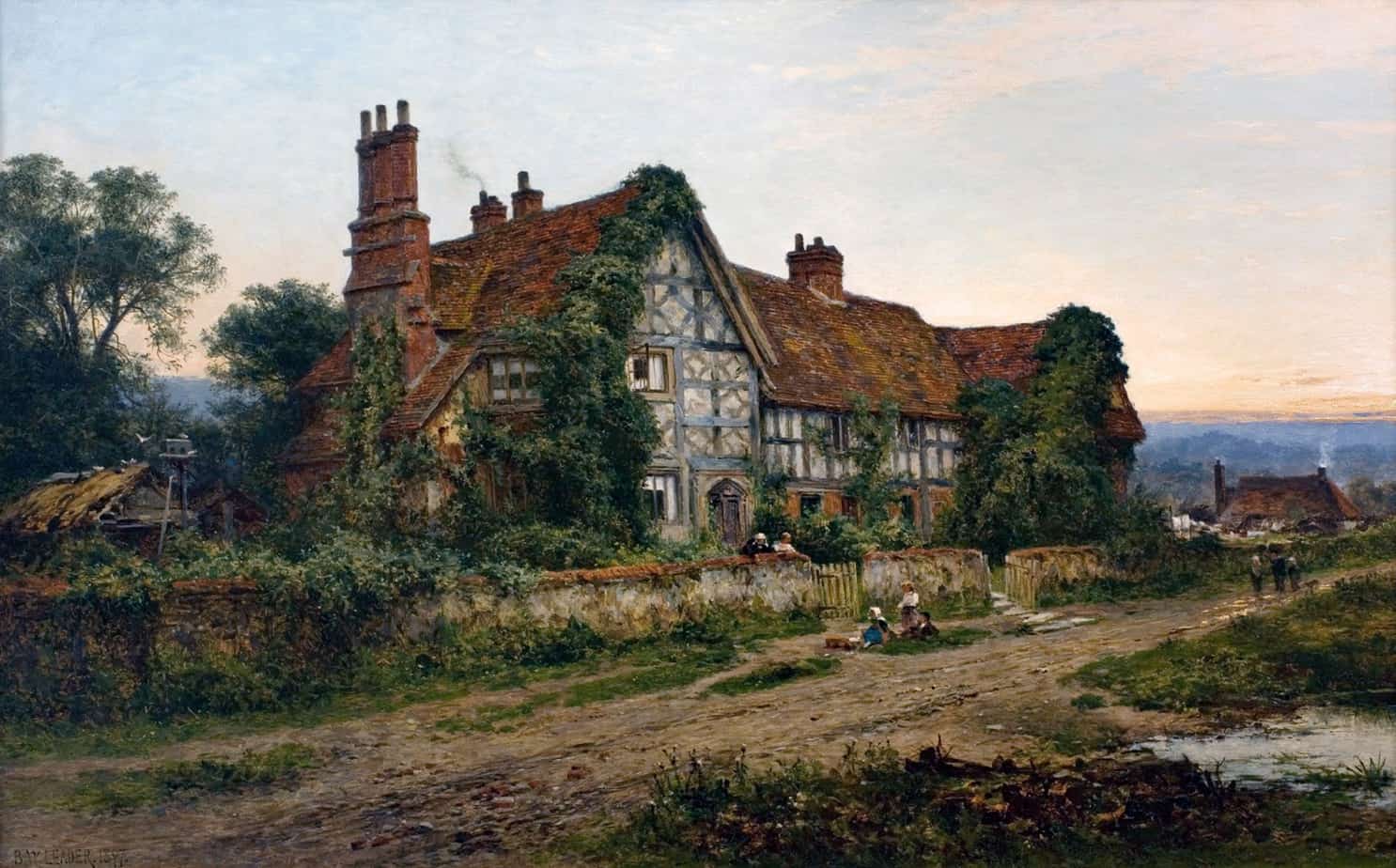
“The Doll’s House” is a short story by Katherine Mansfield, set in New Zealand, written 1922. This is Mansfield’s most accessible story, and a good introduction to her work. Its main themes are seen across children’s literature as well. Unlike stories such as “The Garden Party” and “Bliss”, the reader is not required to fill […]
-
Sun and Moon by Katherine Mansfield Short Story Analysis
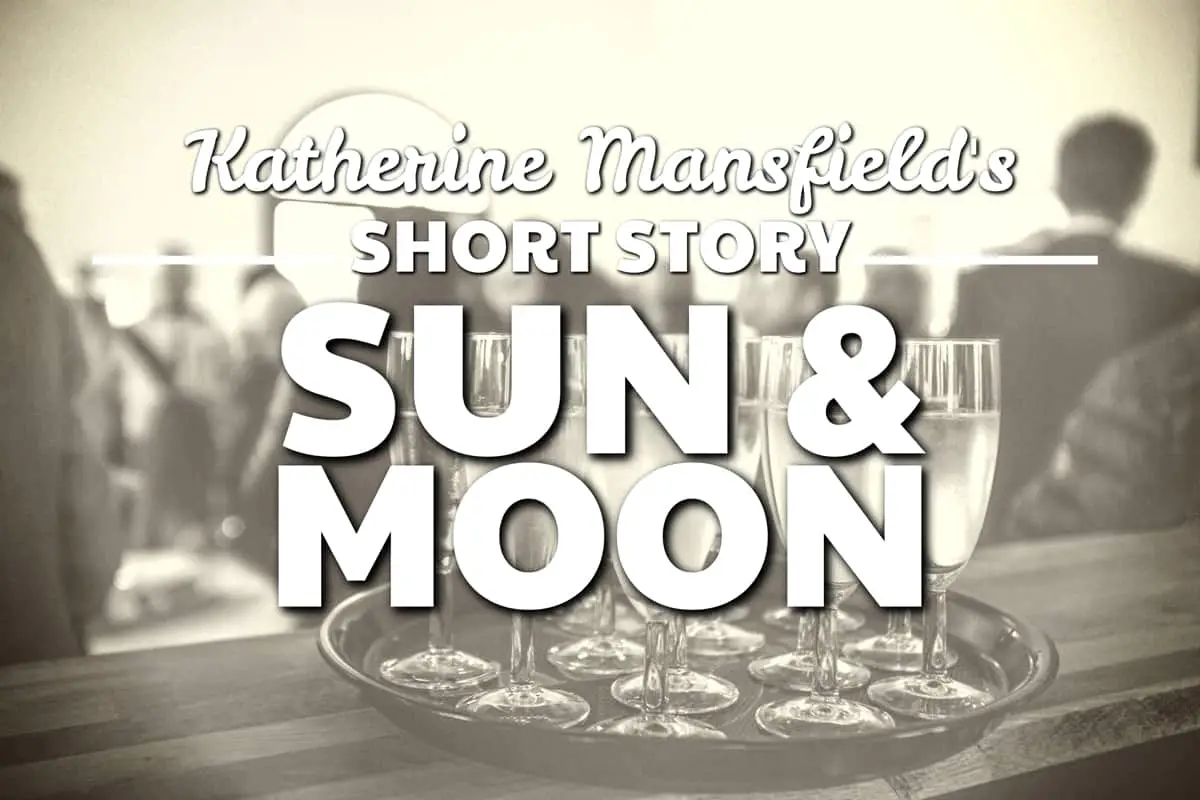
“Sun and Moon” is a short story by Katherine Mansfield, written 1918. The story opens with a description of gold chairs, which reminds me of a totally unrelated Colin Carpenter (Comedy Company) skit: And while I’m being random, I read recently in a Marcus Chown science book that tides are caused by both the moon […]
-
The Voyage by Katherine Mansfield Short Story Analysis
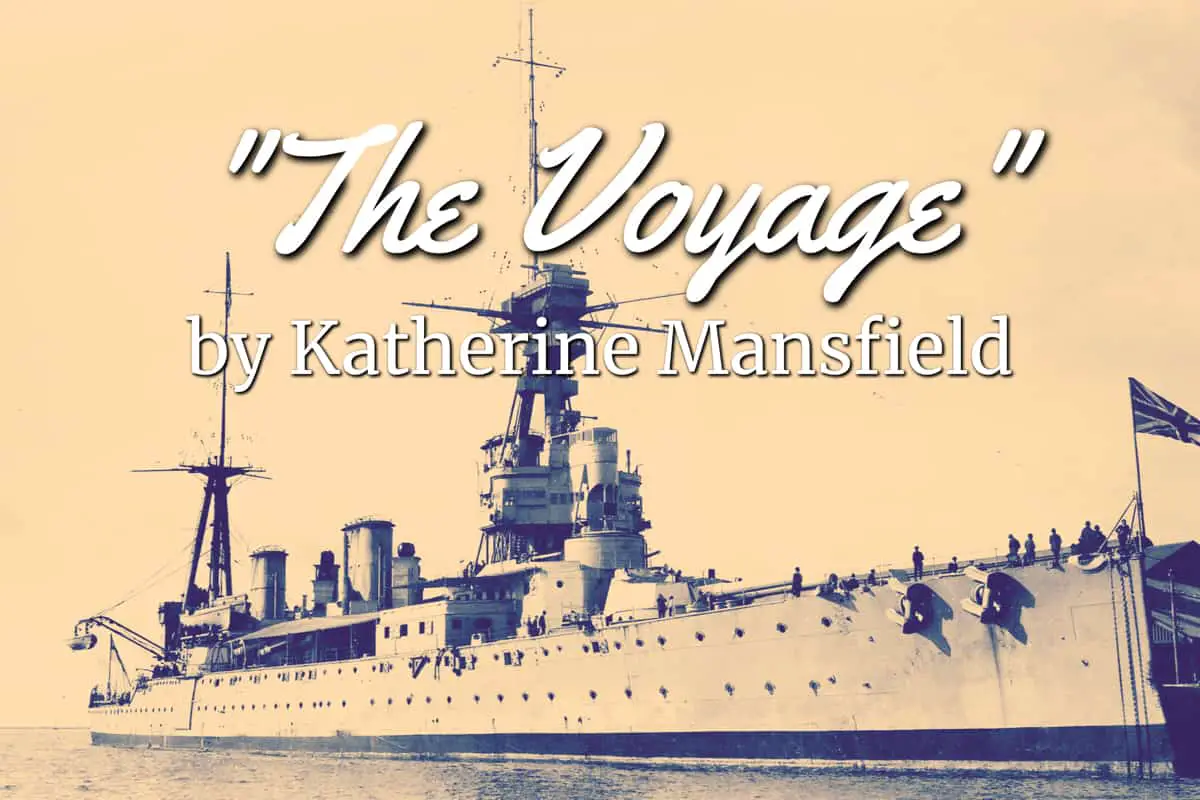
“The Voyage” is a short story by Katherine Mansfield, written 1921. Find it in The Garden Party collection. Katherine Mansfield always disliked intellectualism and aestheticism (one thing she had in common with her husband John Middleton Murray). She strove to combine a realist way of writing with personal and relatable symbols. “The Voyage” is a […]
-
Miss Brill by Katherine Mansfield Short Story Analysis
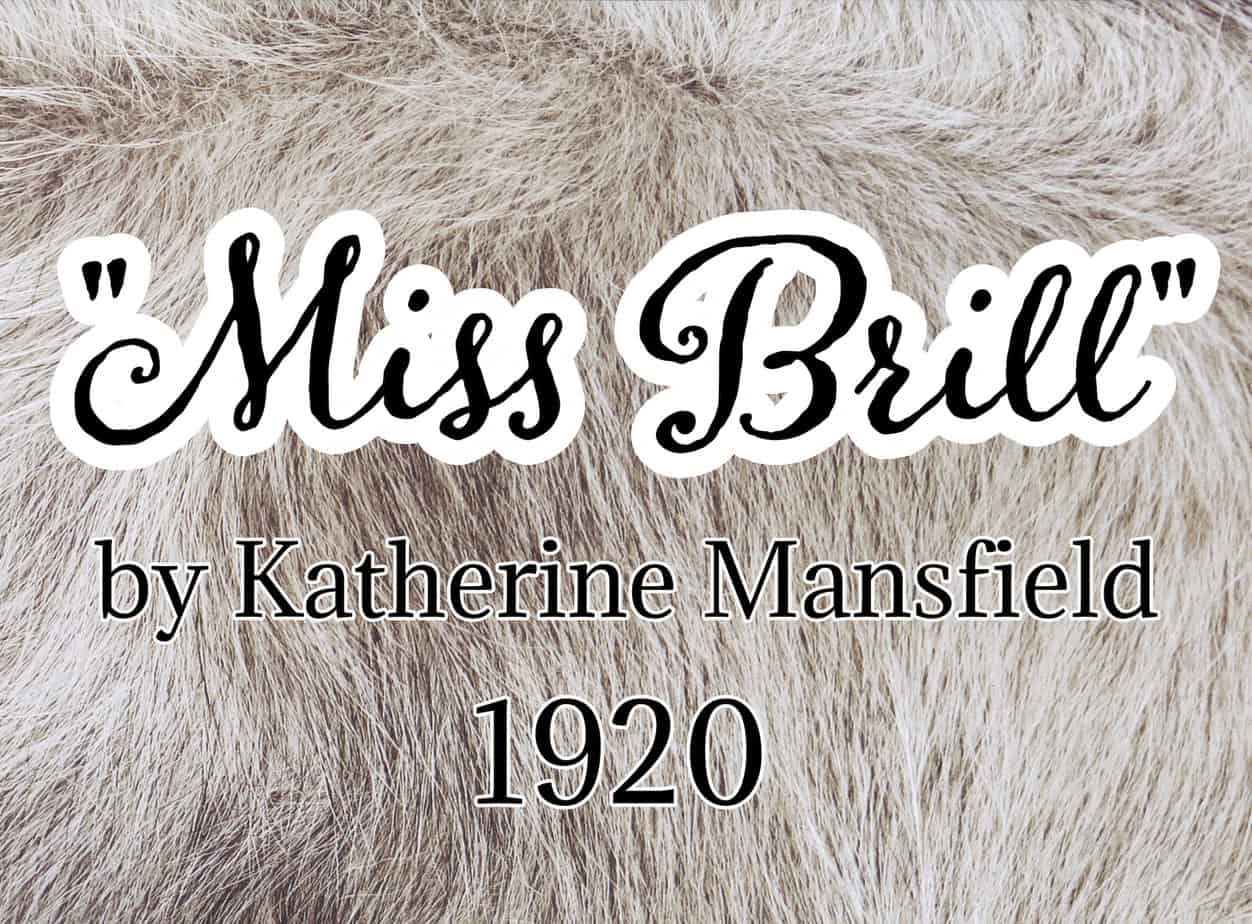
“Miss Brill” is a short story by Katherine Mansfield, written 1920, three years before she died. The emotional valence of “Miss Brill” is similar to that in “Bliss“. In both stories, a young woman starts off happy but then an unwelcome Anagnorisis sends her plunging into a downcast mood. In both stories, the reader must […]
-
“Good People” Is A Terrible Film
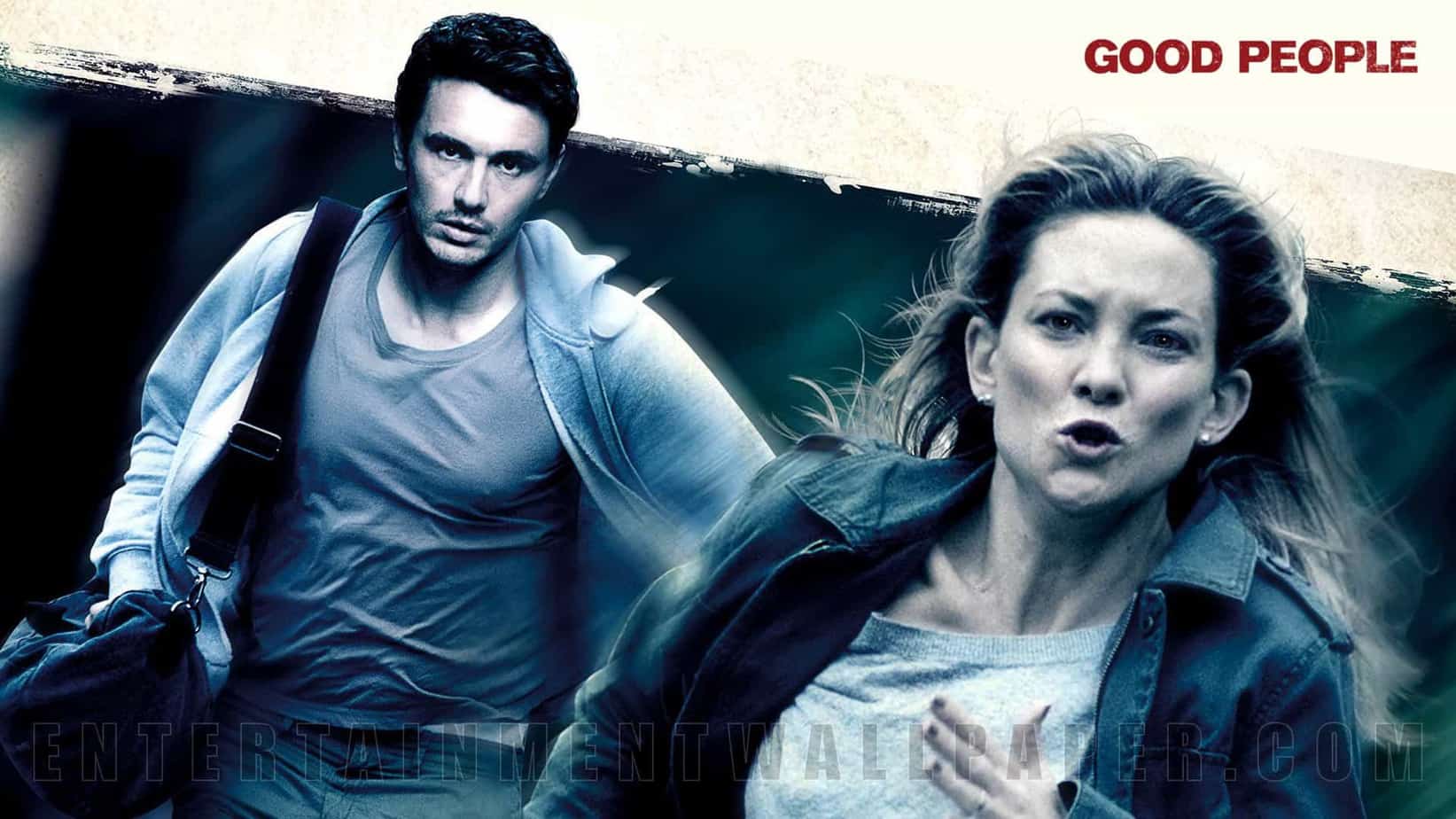
Good People is a 2014 film with a screenplay written by Kelly Masterson, based on the novel by Marcus Sakey. Good People is an excellent example of a film with terrible female characters, created by a roomful of men.
-
Dumplin Film Storytelling Techniques
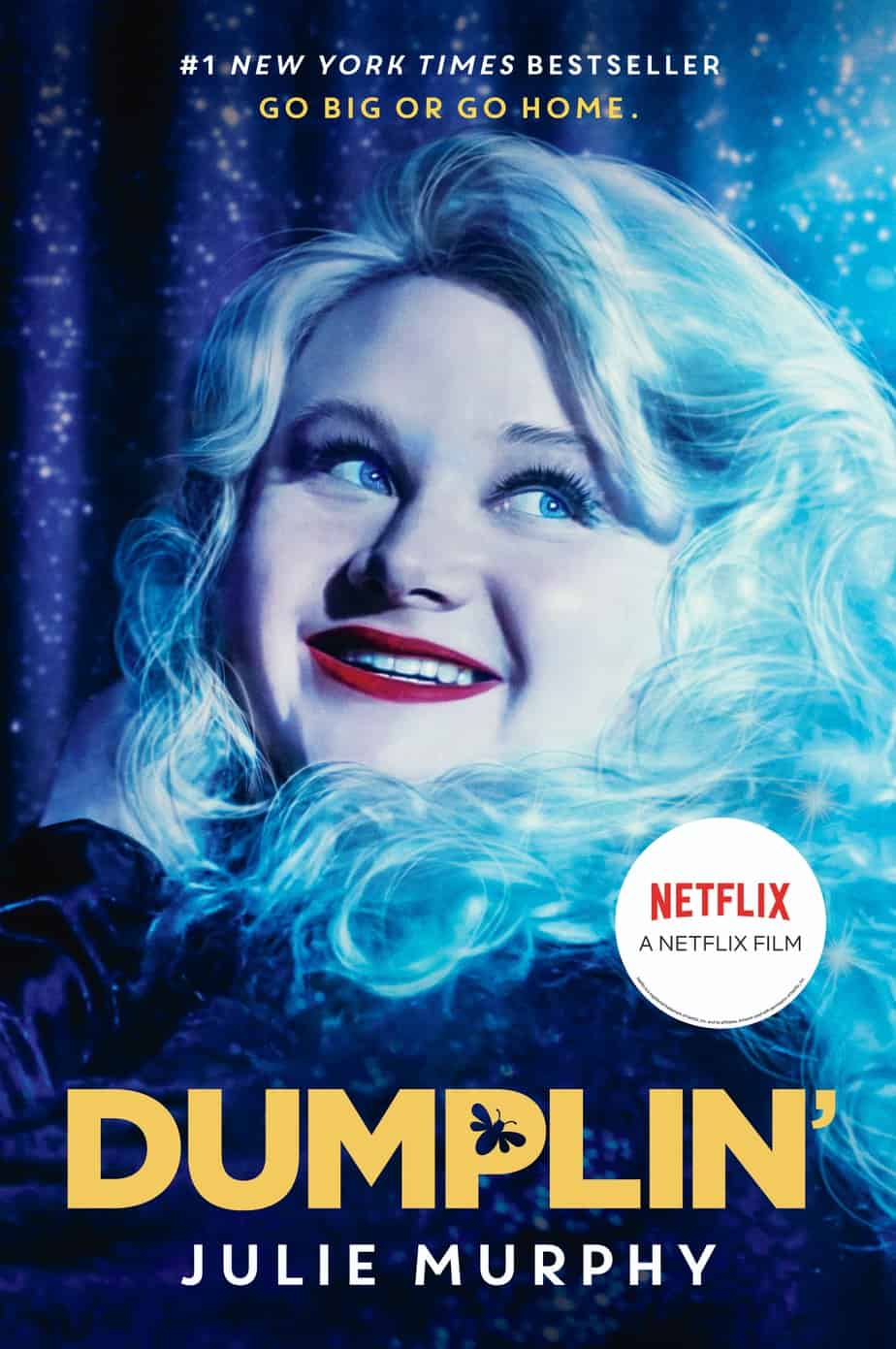
Dumplin is a 2018 young adult film based on the 2015 novel by Julie Murphy. PARATEXT Willowdean (‘Dumplin’), the plus-size teenage daughter of a former beauty queen, signs up for her mom’s Miss Teen Bluebonnet pageant as a protest that escalates when other contestants follow her footsteps, revolutionizing the pageant and their small Texas town. […]
-
Bliss by Katherine Mansfield Short Story Analysis
“Bliss” is a short story by Katherine Mansfield and one of Mansfield’s last. “Bliss” is offered as an example of a ‘lyrical’ short story. From a writing point of view, “Bliss” is interesting for its struggle scene, in which the main character experiences purely positive emotions rather than the negative charge which normally goes hand-in-hand […]
-
The Wind Blows by Katherine Mansfield Short Story Analysis
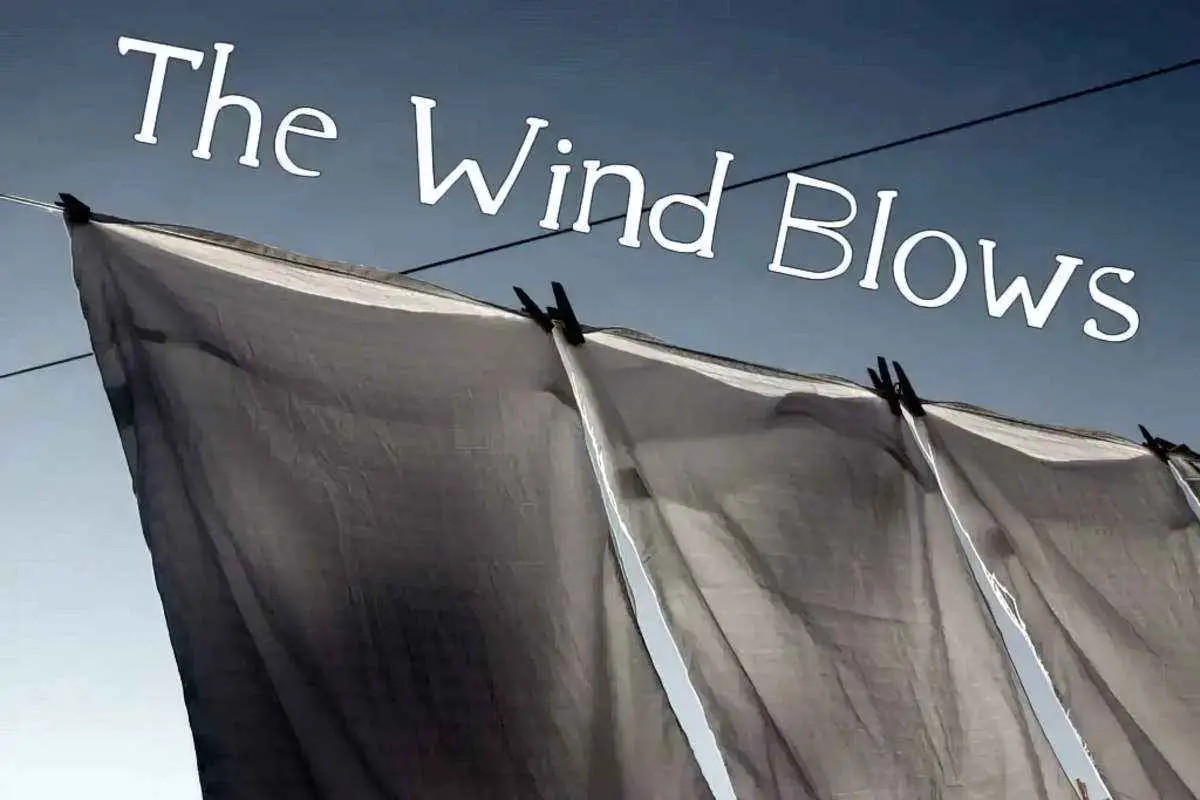
On the surface level, “The Wind Blows” by Katherine Mansfield is a coming-of-age short story about an adolescent girl (Matilda) who wakes up one morning, nervous and tense. While the wind blows outside, she gets ready for her music lesson. Before she leaves she has a minor disagreement with her mother. She has her music […]
-
A Dill Pickle by Katherine Mansfield Short Story Analysis
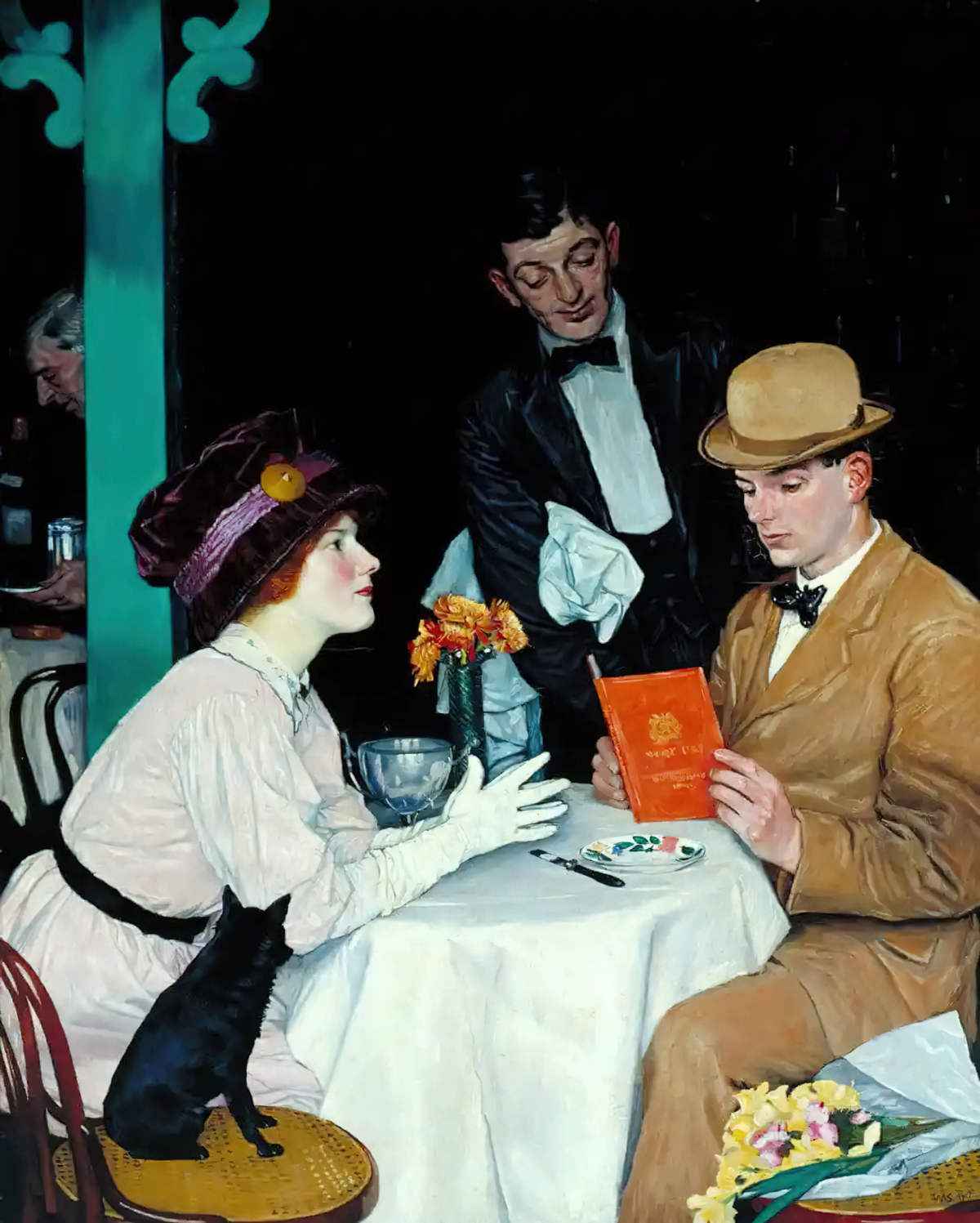
“A Dill Pickle” is a 1917 short story by Katherine Mansfield. Over the course of a single café scene, a woman meets up with a former beau. This is a feminist story about how men and women tend to communicate, and illuminates Mansfield’s deep interest in psychology. I’m in a restaurant in Cambridge and this […]
-
The Fly by Katherine Mansfield Short Story Analysis
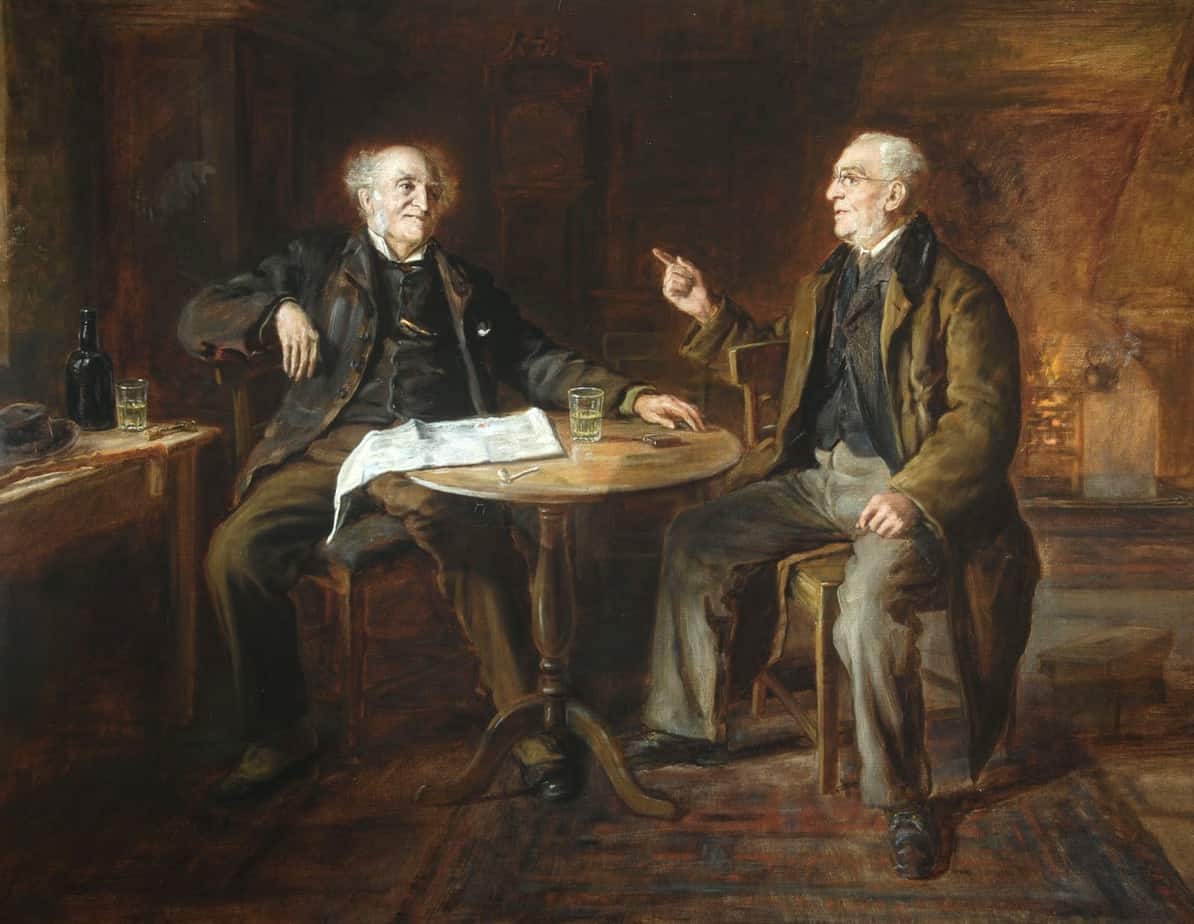
“The Fly” is a short story by Katherine Mansfield, published 1922. CONNECTION TO MANSFIELD’S OWN LIFE Mansfield wrote “The Fly” in February 1922 as she was finding her tuberculosis treatment debilitating. She died in January of 1923, soon after its publication. Thirty-four seems young to be contemplating old age, and to write about an elderly […]
-
Reunion by John Cheever Short Story
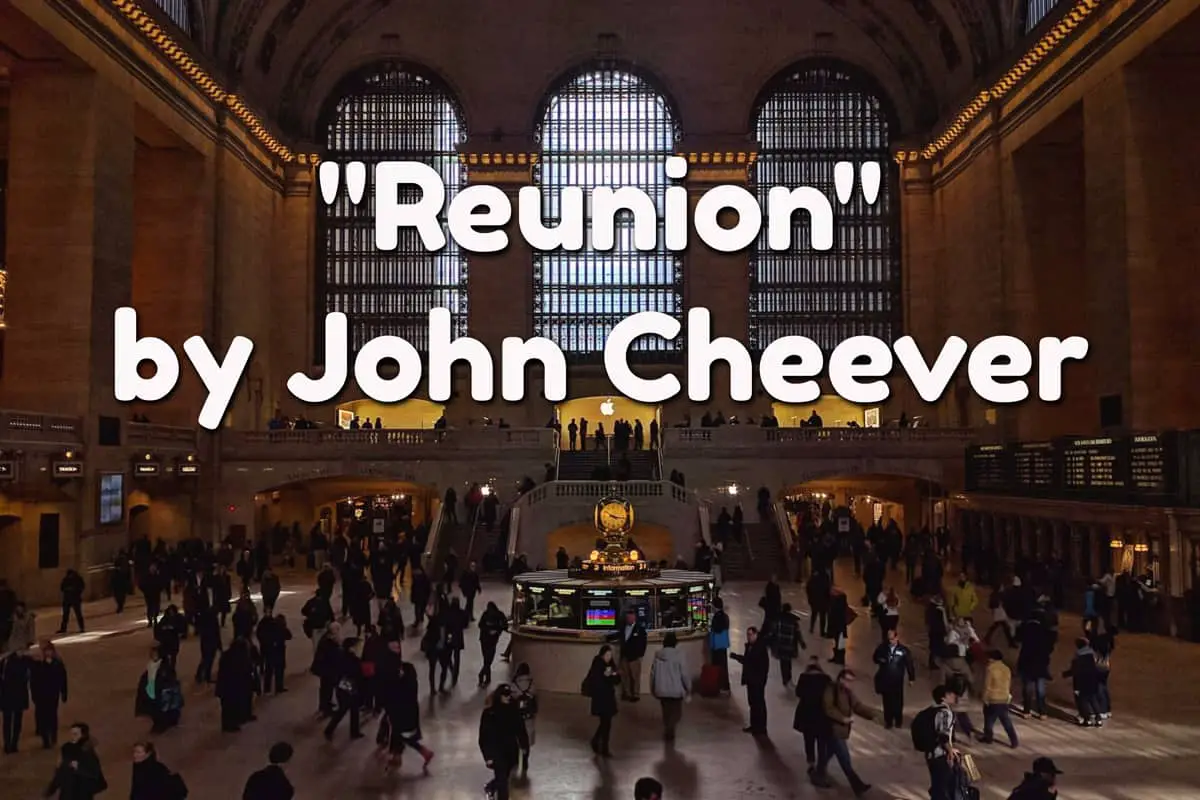
“Reunion” is a short story by John Cheever, first published 1962 in The New Yorker. You can listen to it read by Richard Ford. SETTING OF REUNION As Richard Ford says, Grand Central Station is a place where anything could happen — any two people could meet. The story is set in the 1950s or […]
-
Burlesque Witches In Storytelling
Witches have a long history in storytelling, but they aren’t always scary. They aren’t always Baba Yaga types, sometimes murderous, sometimes helpful.
-
The Ritual (2017) Film Study
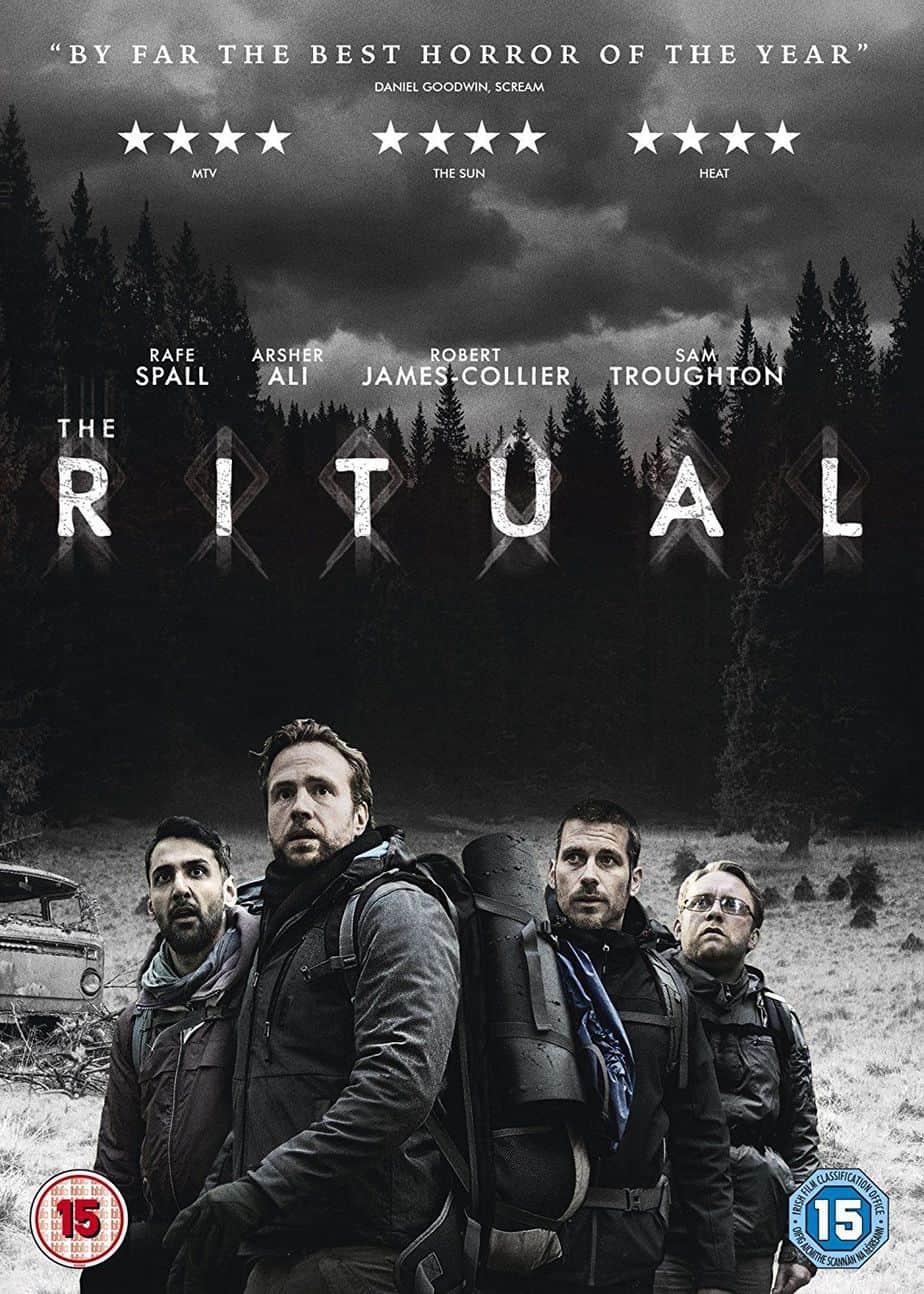
“The Ritual” is a horror film directed by David Bruckner, adapted by Joe Barton from Adam Nevill’s novel. Although this film is pretty standard in its tropes and structure, the CGI monster makes the viewing experience truly scary. This article says more about the monster and its basis in Swedish folklore.
-
The Trip by Ezra Jack Keats Analysis
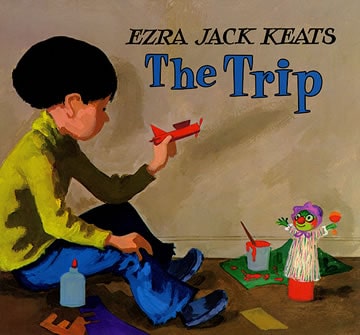
The Trip by Ezra Jack Keats was first published 1978, which makes it 40 years old. This picture book is an excellent example of photography as motif, but using a peep show box instead.
-
A Lion In The Meadow by Margaret Mahy and Jenny Williams Analysis
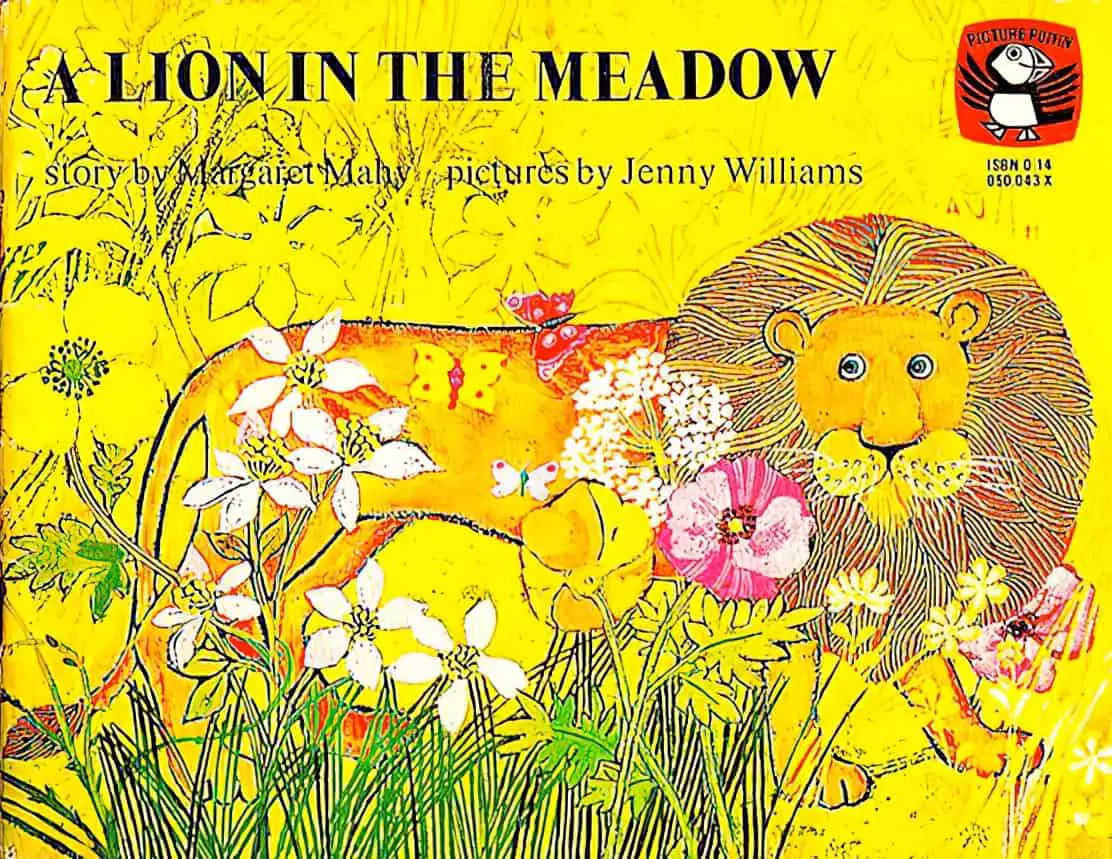
Child characters ignored by adults — even in the midst of clear and present danger — are stock fodder and perennial favourites in children’s stories. A Lion In The Meadow by Margaret Mahy is a standout example.